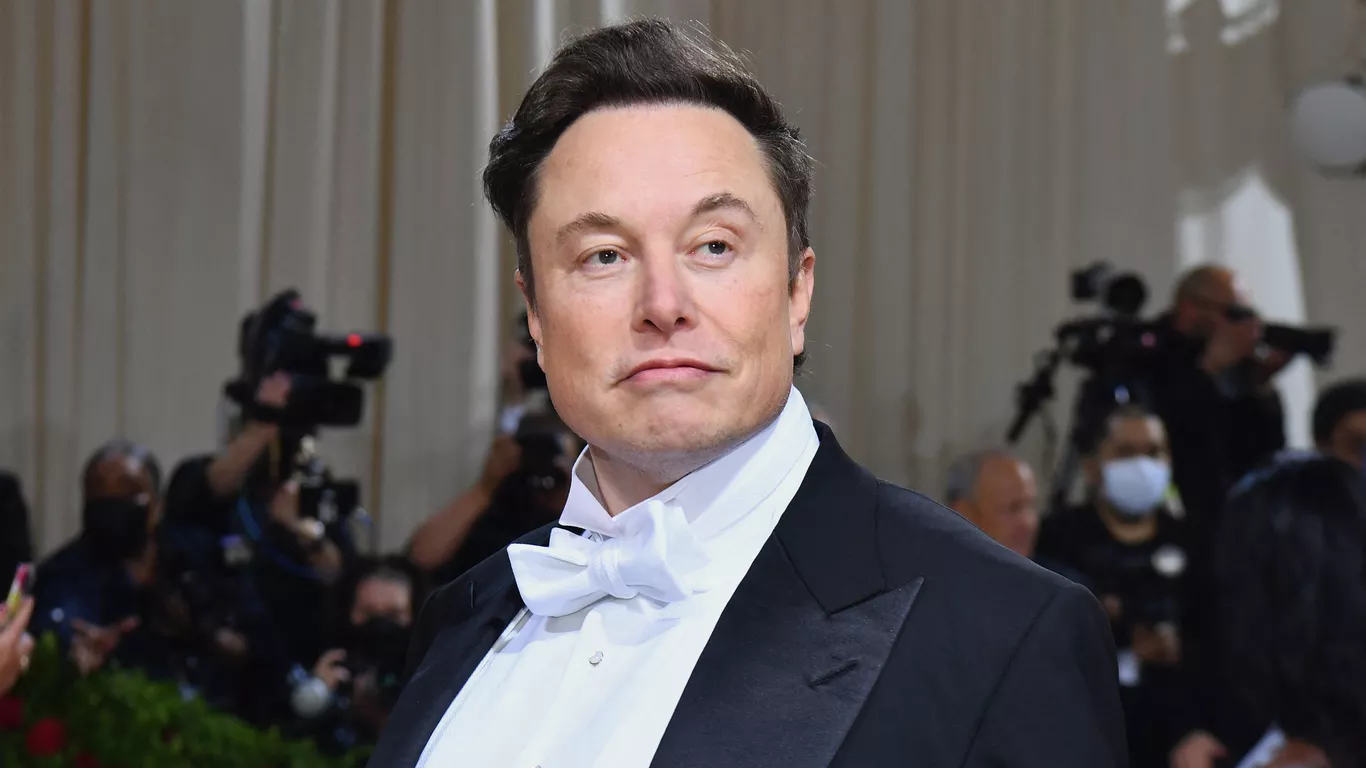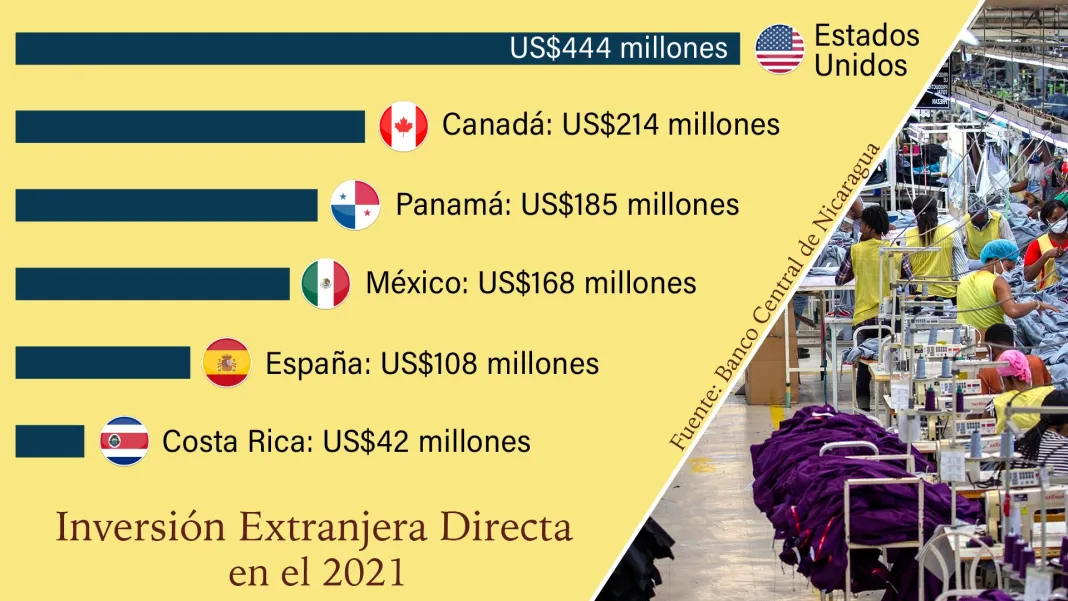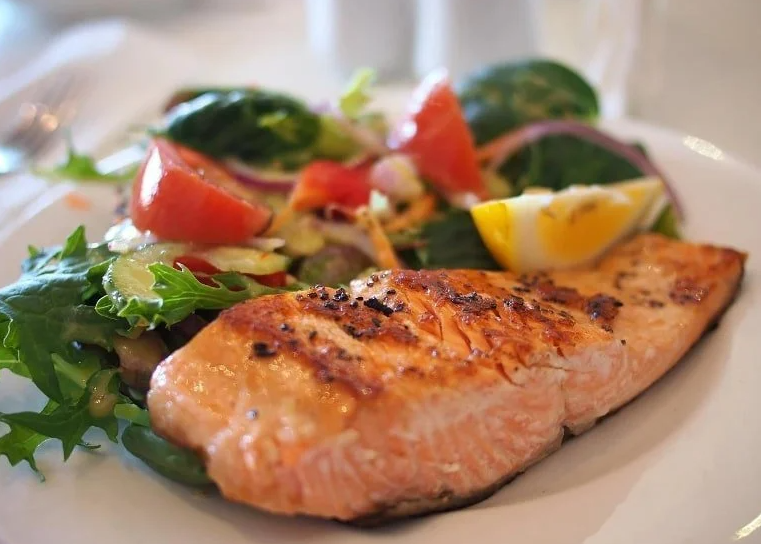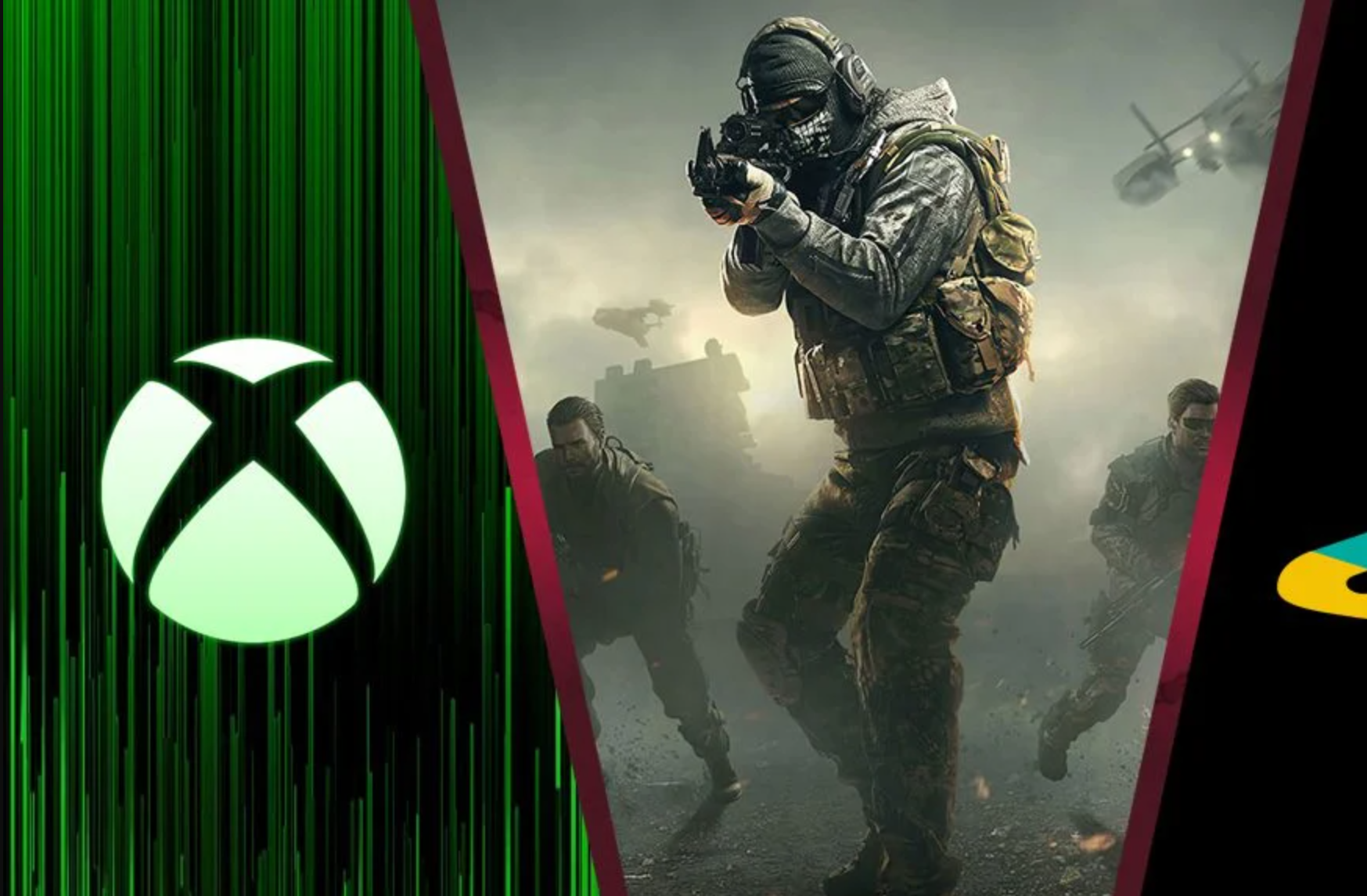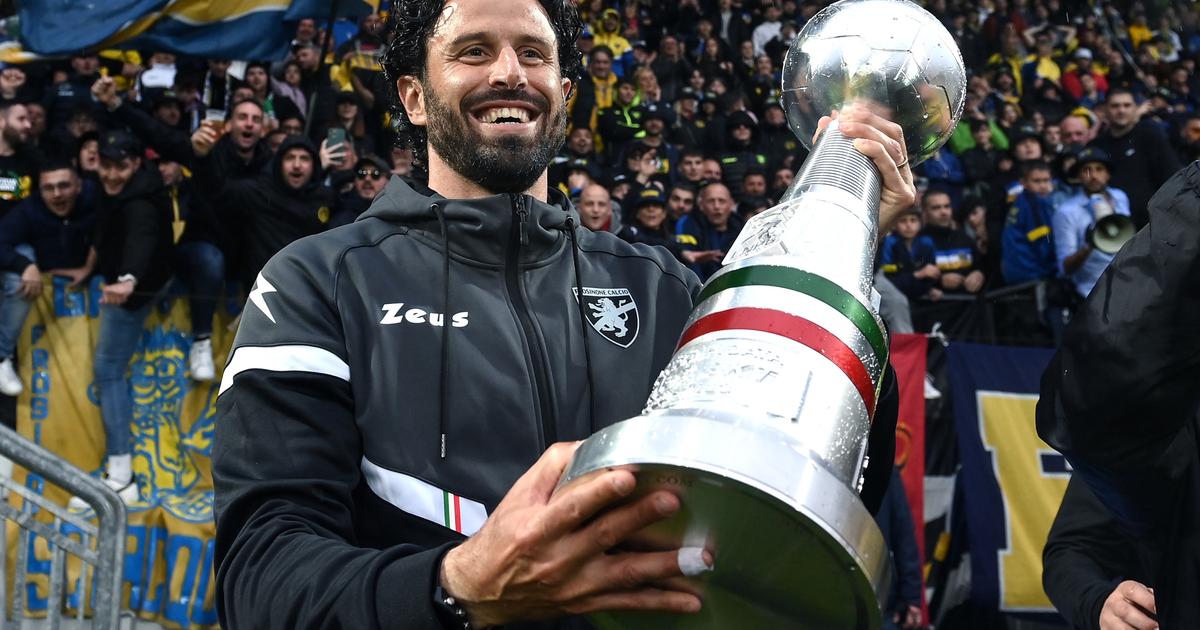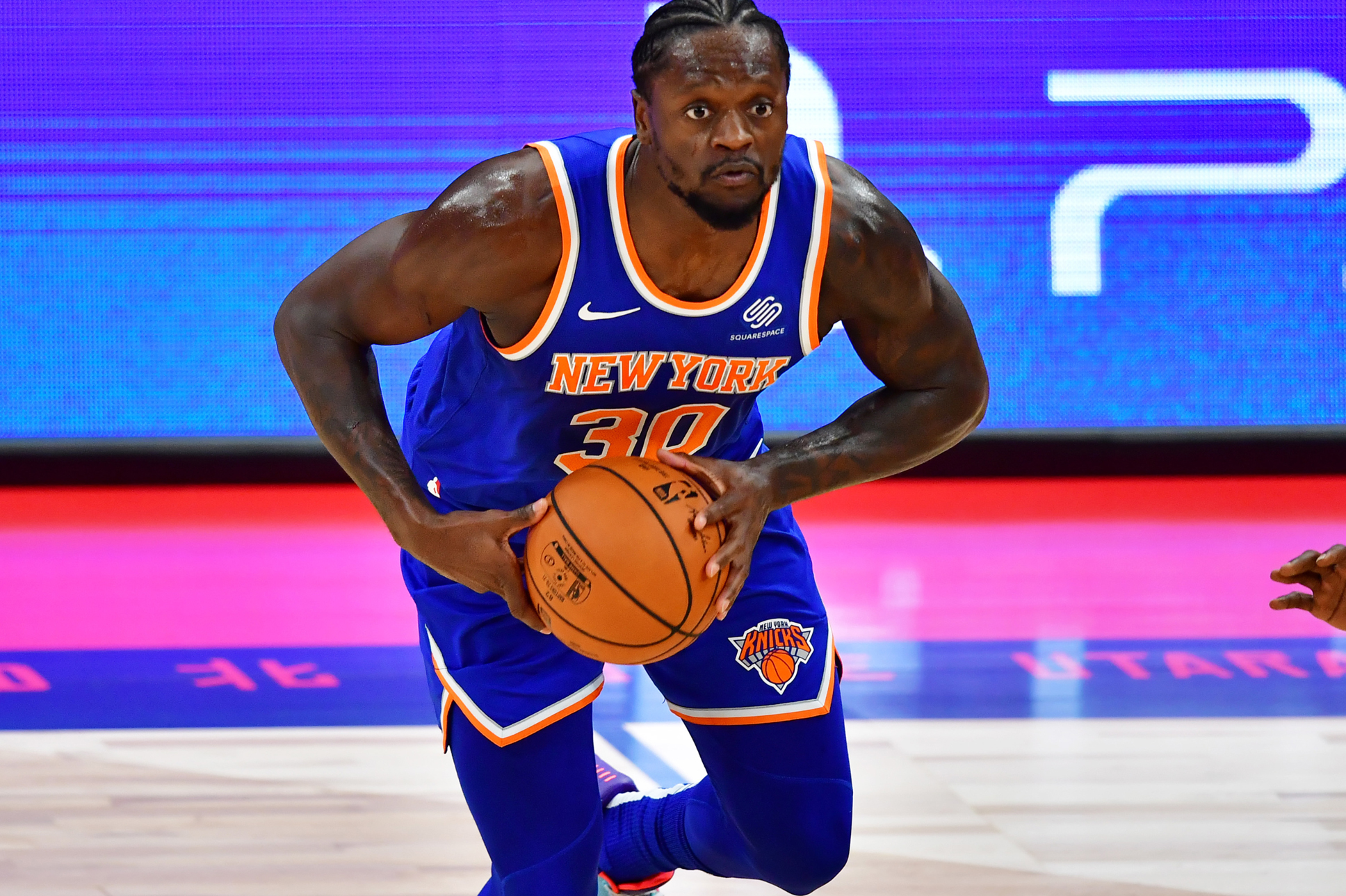In time to take advantage of the pull of the famous SuperBowl, New York has given the green light to the controversial online sports betting business, to which it offers the largest market in the United States to date with the hope of contributing up to 500 million dollars a year in state coffers drained by the pandemic.
The “Empire State”, with almost 20 million residents, is at the forefront of twenty states in which it is legal to bet from the cell phone who will win the night’s game, ahead of its neighbor New Jersey, where crossed many New Yorkers since it became the pioneer in 2018.
In 2018, the US Supreme Court lifted the veto limiting gambling to Nevada, where Las Vegas, known as “the city of vice”, is located, and at least 16 states have since legalized gambling.
In New York, the authorized operators – Caesars, DraftKings, FanDuel, and BetRivers, to which another five will be added – will pay a tax rate of 51% on their gross billing to New York for the next ten years, a high toll with which the state aims to collect almost 500 million in 2025, a figure that experts consider unrealistic.
Zack Hall, a spokesman for the specialized site PlayNY.com, told Efe that this estimate is “very optimistic but not impossible”, given the “unique structure” of the New York model, while analysts at Regulus Partners consider that it is based on “assumptions unreliable on the gross turnover of the game (gaming)”.
“Tax revenue is the jewel in the crown for any state that legalizes sports betting. New York has been sitting idle for years as New Jersey became the biggest market in the US,” Hall said, noting that the second raises 10 million monthly with a lower rate of 14%.
AN IMPORTANT SOURCE OF INCOME
New York seems to trust its new revenue source, since, according to the budget analysis published by the state auditor, Thomas DiNapoli, “online” sports betting is the section that will contribute the most money in 2025, only behind taxes. to personal income and followed by recreational cannabis use.
After months of a pandemic that have left a budget deficit, the green light for this sector was given in April last year by former Governor Andrew Cuomo, who fell into disgrace due to a sexual harassment scandal, and the idea of the legislators was that it be released time for the SuperBowl, next February 13.
The SuperBowl, the most popular sporting event in the US, gathers Americans in front of the television to watch the ball passes – in addition to the most sought-after commercials of the year and the halftime “show” – so after ahead of a high-volume opening weekend in New York, expectations are high.
According to GeoComply, a geolocation company, the four active digital sportsbooks made the state a leader in the country just twelve hours after its release, and the volume of operations and logins accumulated until Sunday night was “legendary”, with 17 million “pings”.
The bets began to flow from minute one and also the advertising, with television ads or on social networks by sports “ambassadors” such as the Manning family, as well as promotions: “Risk-free bet up to $1,000”, “$300 free when you sign up”, “Up to $1,000 bonus for your deposit”.
GAMING ADDICTION, IN THE FINE PRINT
In the fine print come “problem gambling” advisories that hang especially over teens, war veterans, older adults, and the Latino and Asian communities, according to the New York Council on Problem Gambling (NYCPG), funded by the state office for Addiction Services and Support.
To compare figures, that office budgeted in the 2019-2020 financial year – when sports betting in-state casinos were allowed for the first time – about 5.7 million dollars for addiction prevention, treatment, and recovery expenses.
Amanda Quintana, program manager at one of the NYCPG centers in the Hudson region, expressed “concern” to Efe for young people, whom she considered that the operators and their technologies “target” and foresaw a greater demand for treatments, which will require “adequate funding”.
Most of the proceeds from the bets (80%) will go to elementary and secondary education and alleviate the tax burden of the owners, while the first year 1% will go to addiction treatment and awareness to the game and another 1% to educational sports programs.











